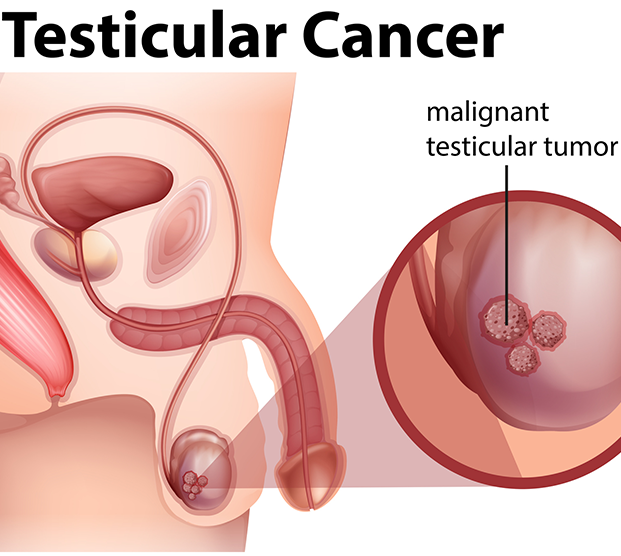Testicular Cancer
Home » Braving Cancer Together » Testicular Cancer

Testicular cancer is an abnormal growth of cells in the testicles. This type of cancer is rare. It can happen at any age, but is most common in men between the ages of 15 and 45.


Symptoms of Testicular Cancer
A feeling of heaviness in the scrotum
A lump or swelling in either testicle
Back pain
Sudden swelling in the scrotum
Usually testicular cancer only happens in one testicle
A dull ache in the lower belly or groin
- Pain or discomfort in a testicle or the scrotum
- Enlargement or tenderness of the breast tissue
Types of Testicular Cancer
The two most common types of testicular cancer are:
Seminoma: Seminoma testicular cancers are more likely in older men. Seminomas often grow and spread at a slower pace than nonseminomas.
Nonseminoma: Nonseminoma testicular cancers are more likely in younger men. They grow and spread quickly. A few types of nonseminomas include teratoma, embryonal carcinoma, choriocarcinoma, and yolk sac tumor.




Risk Factors for Testicular Cancer
Cryptorchidism: An undescended testicle increases the risk of testicular cancer, especially if the patient had surgery to move the testicle to the scrotum.
Family history of testicular cancer: Patients with family members diagnosed with testicular cancer are at increased risk.
Being a young adult: Testicular cancer is most common in teens and adults between the ages of 15 and 45.
Being white: The risk of testicular cancer is highest among white men.
Diagnosing Testicular Cancer
- Ultrasound: During a testicular ultrasound, sound waves are used to make pictures of the scrotum and testicles. The patient will lay on their back with their legs spread. A nurse will apply a clear gel to the scrotum and move a hand-held probe over the scrotum to make the pictures. This test can help physicians see whether the lumps are cancerous or benign. An ultrasound will also show whether the lumps are inside or outside the testicle. Lumps inside the testicle are more likely to indicate testicular cancer.
- Blood tests: A tumor marker test is a blood test that can detect proteins made by testicular cancer cells.
- Surgery to remove a testicle: If the physician believes the lump on the patient’s testicle may be cancerous, surgery may be recommended to remove the testicle. The testicle will then be sent to a lab for testing.
Treatment for Testicular Cancer
Patients diagnosed with testicular cancer may be treated with surgery to remove the testicle and nearby lymph nodes, chemotherapy, radiation therapy, and immunotherapy.
Surgery to remove the testicle is called a radical inguinal orchiectomy. Surgery to remove nearby lymph nodes is typically done to treat patients diagnosed with nonseminoma type of testicular cancer.
Patients should speak to their physician to learn about their treatment options and decide on the right course of action for their condition.

